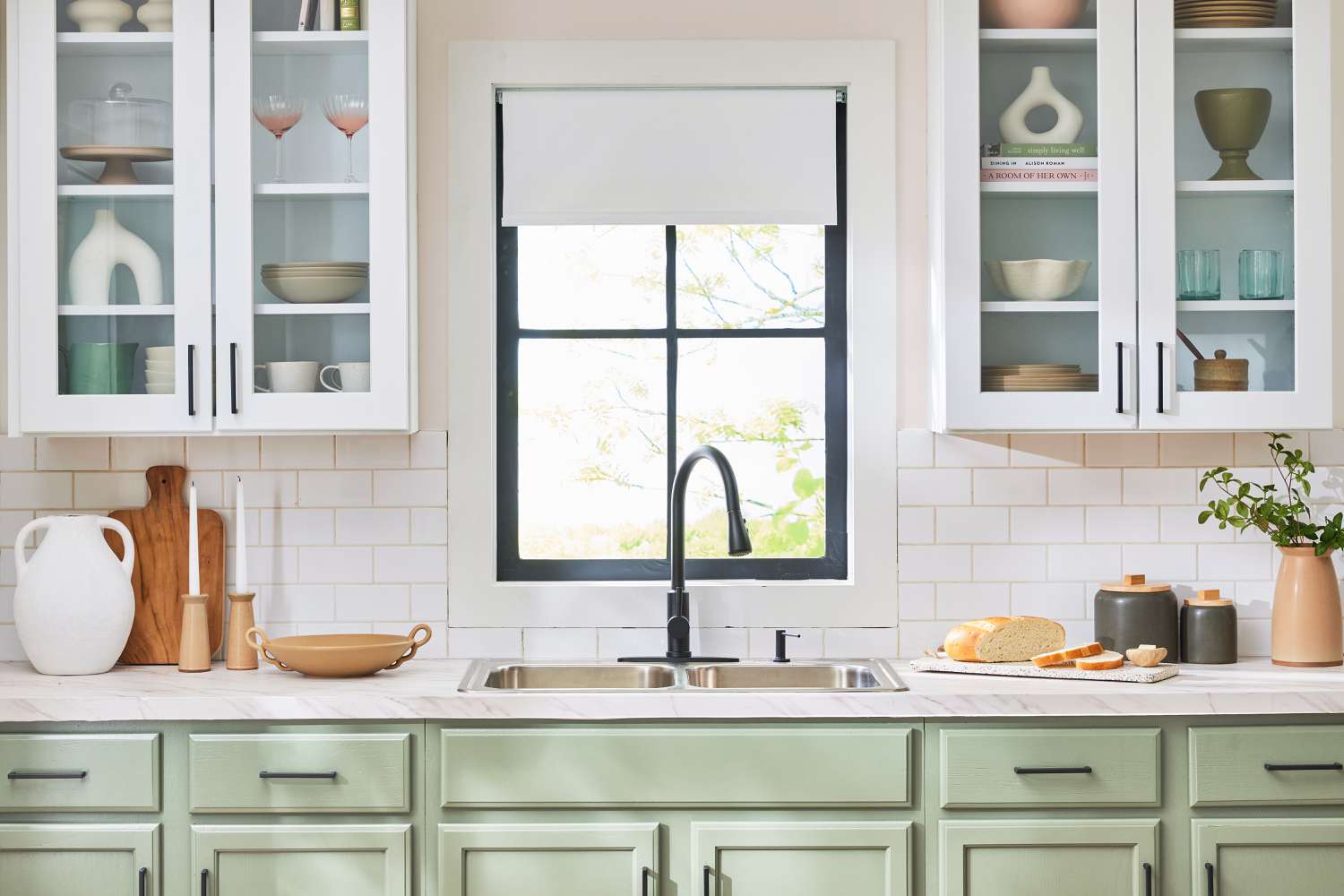
Selecting the appropriate materials for kitchen cabinets is a crucial decision that goes beyond aesthetics. The durability, functionality, and overall quality of your kitchen cabinets depend on the materials chosen. In this blog, we’ll explore the key factors to consider when making this important decision.
- Wood Types
Wood remains a classic and popular choice for kitchen cabinets. Hardwoods like oak, maple, cherry, and birch are widely used due to their durability and attractive grain patterns. Each wood type has its unique characteristics, influencing the cabinet’s appearance and strength. However, you must consider the overall style of your kitchen and personal preferences when selecting the wood type.
- Particleboard or Plywood
When it comes to the cabinet box, the choice often boils down to particleboard or plywood. Particleboard is made from wood particles bonded together with resin, making it a more budget-friendly option while plywood consists of layers of wood veneers glued together, offering greater strength and resistance to moisture. Plywood is generally considered a premium option and is less prone to warping or sagging.
- Finish and Door Styles
The finish of your wholesale kitchen cabinets contributes significantly to their appearance and durability. High-quality finishes protect the wood from moisture, stains, and daily wear. Additionally, the style of cabinet doors plays a pivotal role in the overall aesthetic. Whether you prefer traditional raised panel doors, modern flat panel doors, or something in between, ensure the chosen style complements your kitchen design.
- Budget Considerations
While it’s tempting to prioritize aesthetics, it’s crucial to align your choices with your budget. Carefully evaluate the balance between quality and cost to make informed decisions that suit your financial constraints.
- Durability and Longevity
Durability is a key consideration for kitchen cabinets, as they are subjected to daily wear and tear. In this regard, solid wood cabinets are known for their longevity and plywood, being more resistant to moisture, adds to the cabinets’ overall durability. Assess the construction details, such as dovetail joints and reinforced corners, to ensure that the cabinets can withstand the test of time.
- Environmental Impact
For environmentally conscious consumers, considering the environmental impact of the chosen materials is essential. Look for cabinets made from sustainably sourced wood or those with certifications indicating adherence to eco-friendly practices.
Choosing the right materials for your kitchen cabinets involves a thoughtful evaluation of wood types, construction methods, finishes, and budget considerations. By prioritizing durability, functionality, and aesthetic preferences, you can make informed decisions that result in a kitchen space that is not only visually appealing but also built to last.
Kitchen Wholesalers offers a wide range of affordable and high-quality kitchen products, making it a go-to choice for homeowners and contractors alike.








